“Good design is timeless. For me, the simplest and most economical design solution, is the most elegant one.” Regan Bice
Binichic has known and admired the architect Regan Bice for many years. He had an architectural studio in Mahón during the seventies. He designed and renovated homes in Menorca. His primary inspiration was the vernacular architecture of the island. Regan shared his photographs of classic Menorcan farmhouses. They represent elegant solutions using minimum resources.
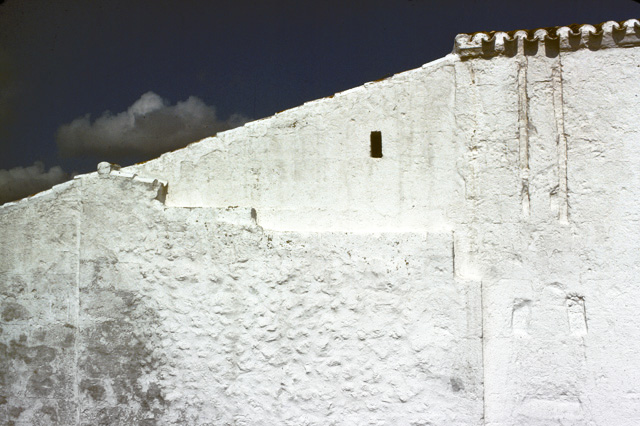
This island which developed and held on to its own style for centuries, was his education.
Ironically the most ancient, primitive ways of building inspire modern architecture because they both come from the same principle: form that follows function. The elegance they have in common is because they do more with less.
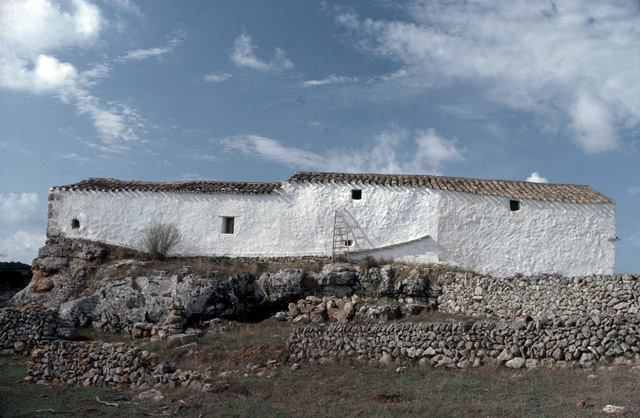
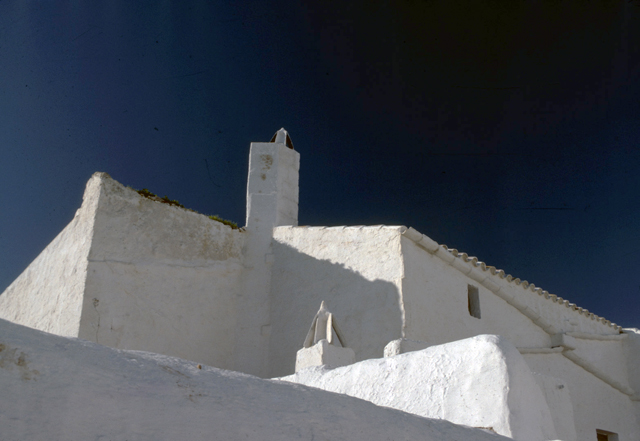
Regan explains, “While meeting the need for a home and workspace for family and animals, Menorcan architecture is a direct response to a series of conditions: wind, water, sun, and available materials, to name a few.” Early architects solved the problem as directly as possible. Taking into account the orientation, topography, site, wind direction and available materials, the solution is dictated by the conditions.
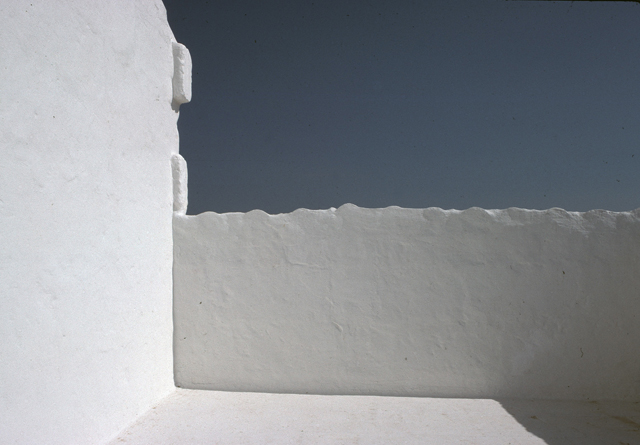
“This is the beauty—there are no arbitrary or consciously decorative elements. LIMITING THE PALETTE is one of the secrets to success of Vernacular Architecture”. Often, when people have many choices of building materials, pre fabricated elements and styles, the clarity and simplicity of the design is diluted.
“I always tell my clients if an element of the design can’t be explained or isn’t part of the end solution, it shouldn’t be there.”
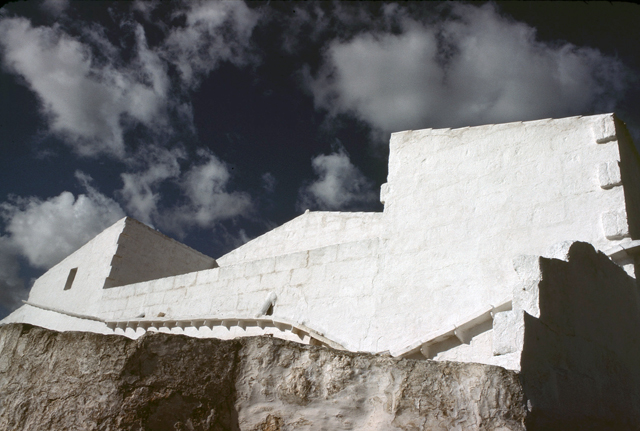
Having only three materials available to construct is what gave these structures their unique character:
1. Limestone: which was found in the fields as well as quarried, and white wash, which protected and coated the stone. Sun made it hard and white. The walls and even ceilings are made from limestone.
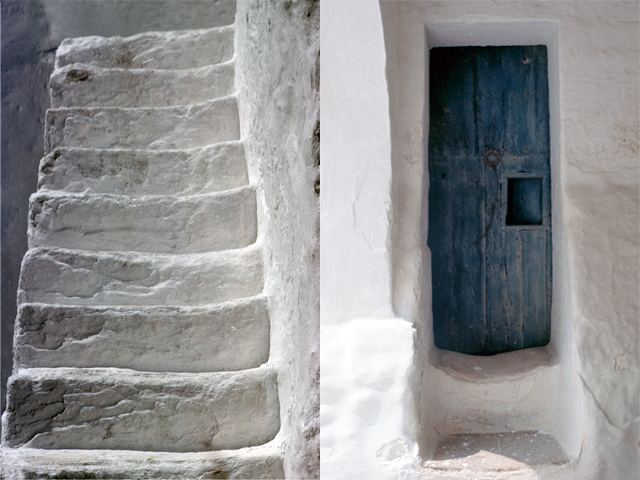
2. Tile: made from red clay, used on the roof and floors.
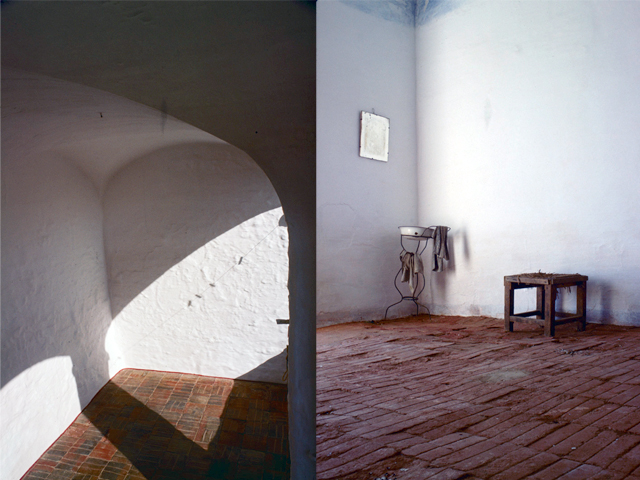
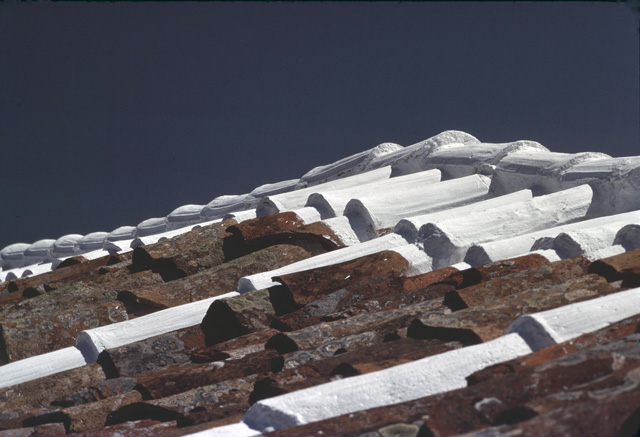
3. Wood: used in limited places such as window frames, doors, and beams. These are the materials which create the volume of the buildings.
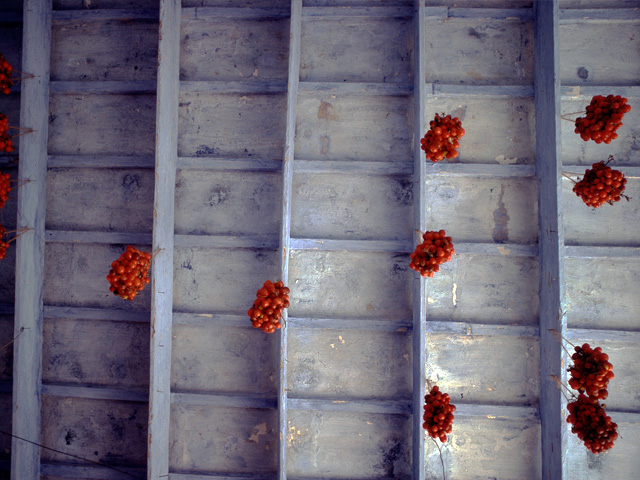
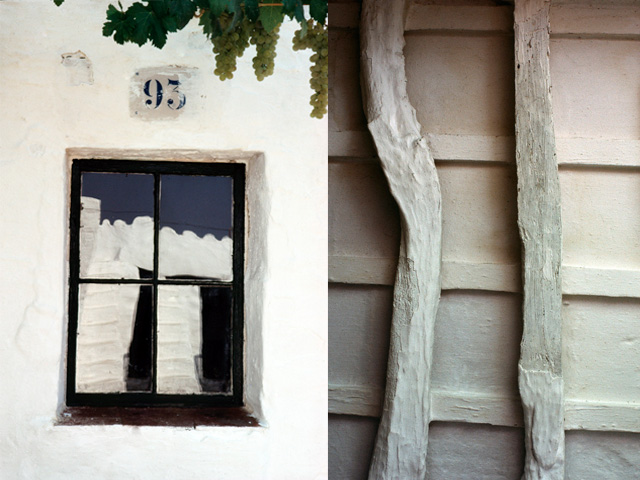
In this collection of photos we can see how the Menorcan farmhouse is a response to the following natural conditions:
1. WIND
– Small windows are on the north façade
– Large windows face south
– Porches protected from wind and rain
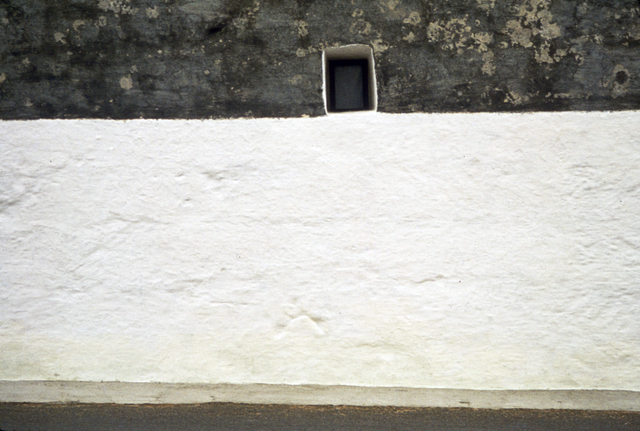
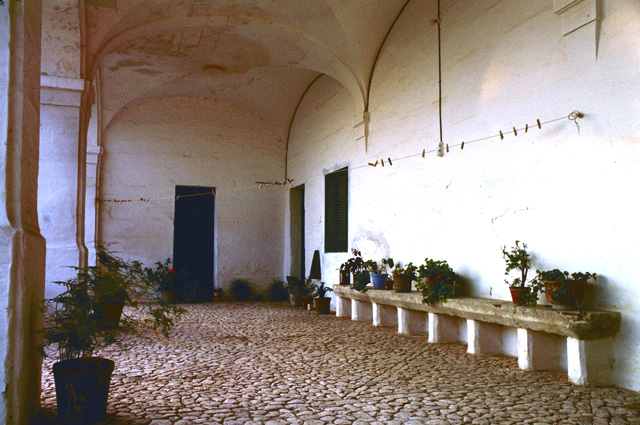
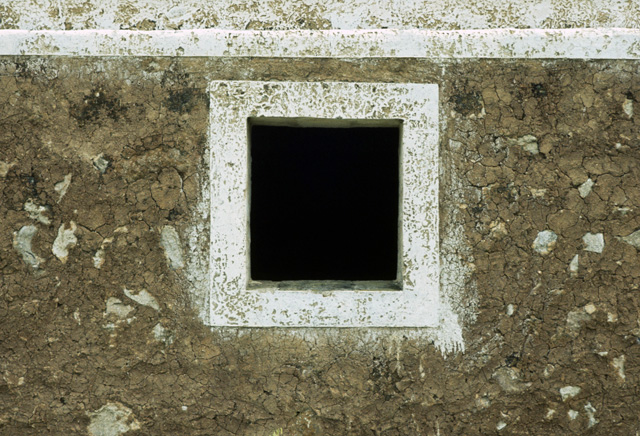
2. WATER
– Drinking water was stored in a cistern—which often provided the stones to build the house.
– Water collection systems provide an important aesthetic, while doing their job.
• In these photos we can see many different forms — tile to tile, tile to rooftop, carved out wall, etc
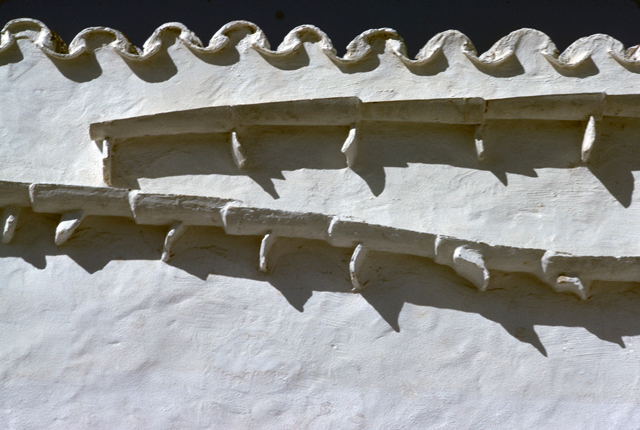
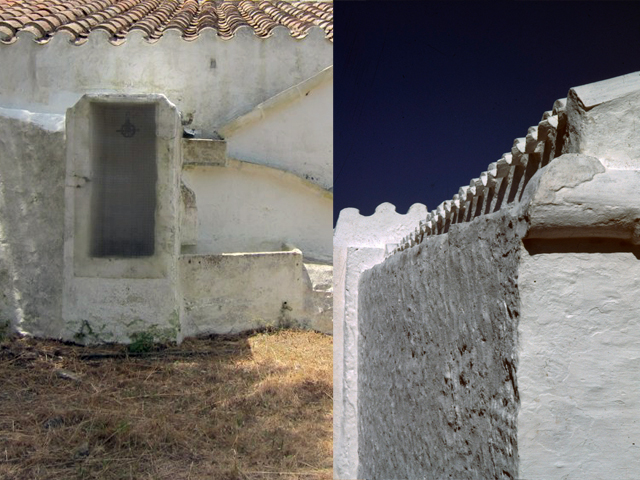
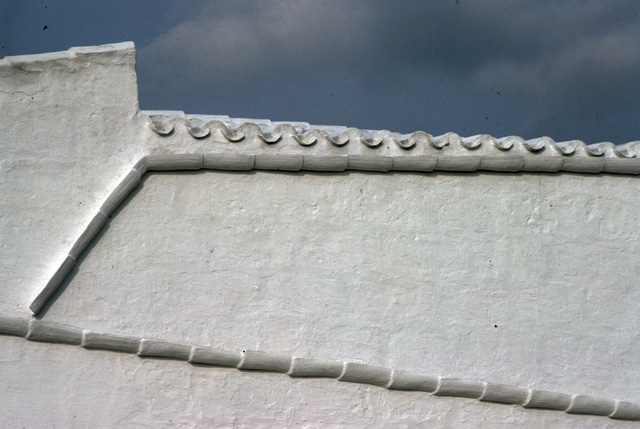
3. LIGHT
– Farmhouses are oriented to the south
• Larger windows with porches and patios provide protection from the wind while taking in warmth and light.
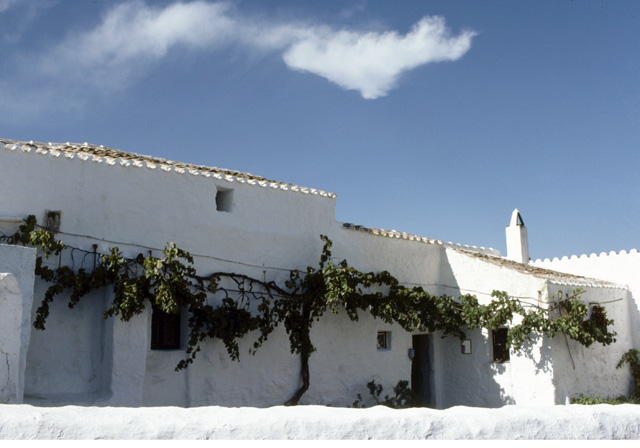

4. PROTECTION/MAIINTENANCE
– The whitewash over the years gives the stones plasticity and rounded shapes that change continually as the sun shadows the forms.
• It defines the paths on the roof where the tiles are set with mortar, allowing farmers to access the entire roof.
• It allows an economical way to manage the roof tiles while creating a powerful esthetic.
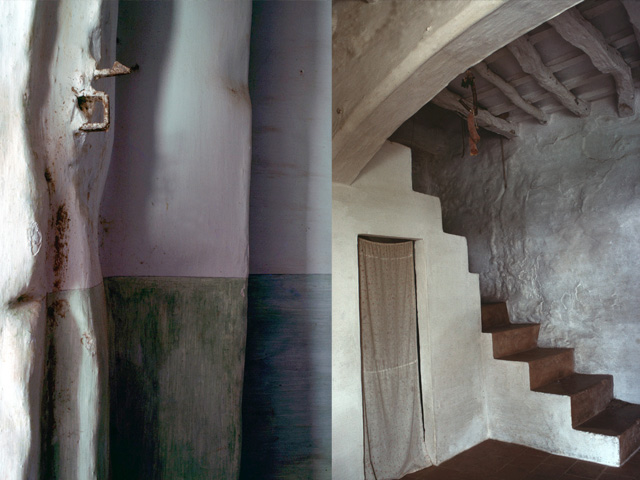
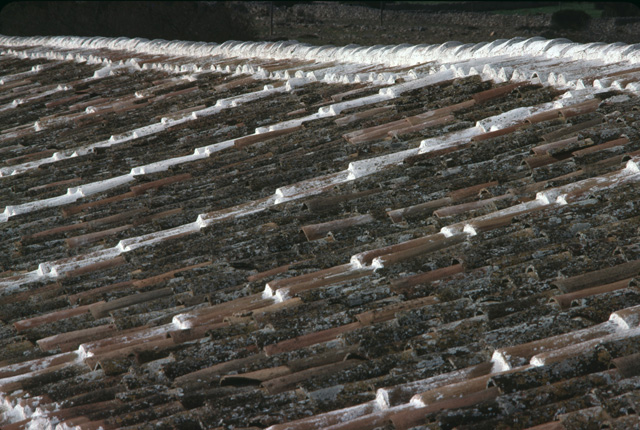
5. FIRE
– To heat and to cook, fire and stoves were essential.
– Chimneys needed to perform efficiently in the northern Tramontana winds and rain.
• Their shapes and sizes were all designed to get the smoke out and help the fire burn.
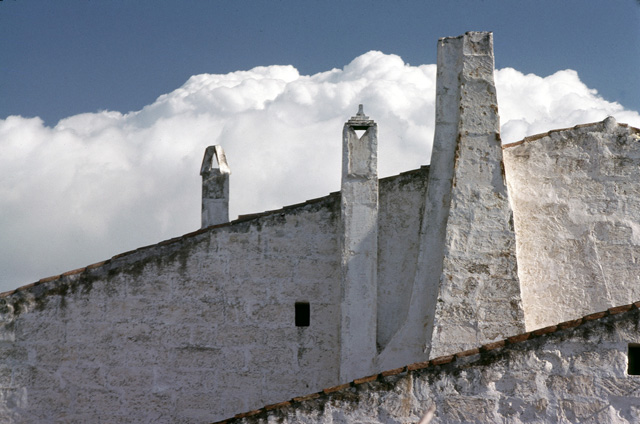
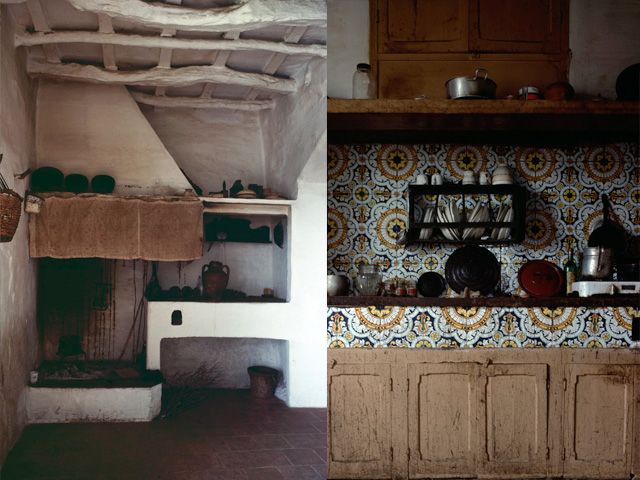
We end our photo journey through Menorcan farmhouses with the most important room of the house–the kitchen. The hearth provides food and warmth — a place for gathering, sustaining and nourishing the people who live there.
All photographs from the Regan Bice and Josep Mascaro collection.




wonderful photos and info
This is beautiful, a subject dear to my heart. In Yemen they make the whitewash white using egg shells. I would love to attach a photo, but can’t seem to do it. Thank you for these observations. Carolyn
Hi Carolyn!
So nice to hear from you.
glad you liked the photos!
best,
susan
Pingback: Islands of Color | BiniChic | Mediterranean Lifestyle
Pingback: S’Olivera Chronicles: The Calm Before the Storm | BiniChic | Mediterranean Lifestyle Blog